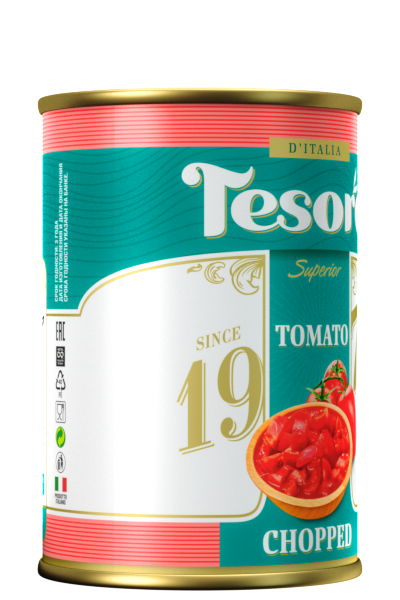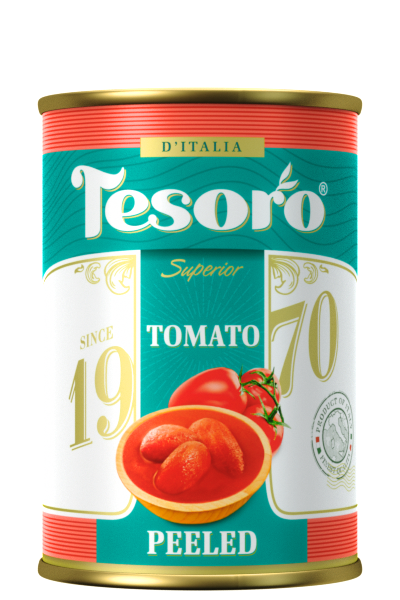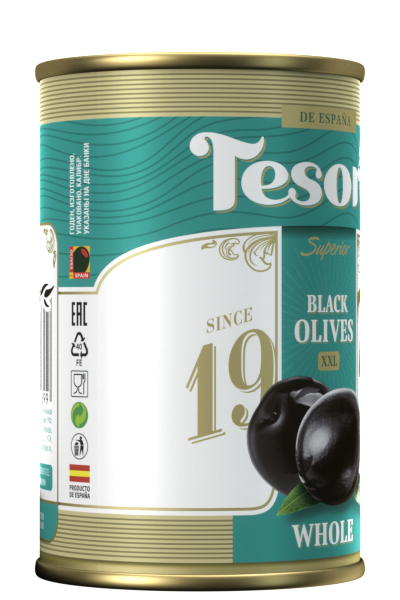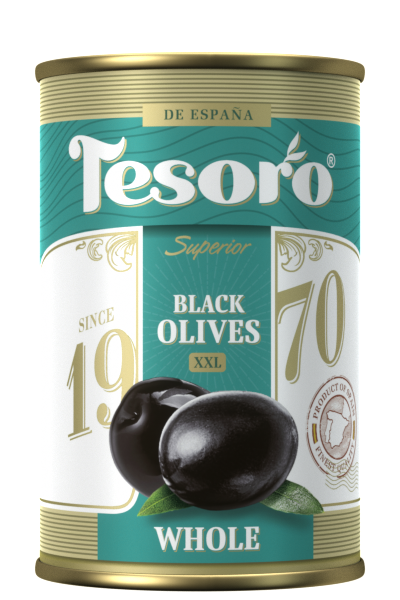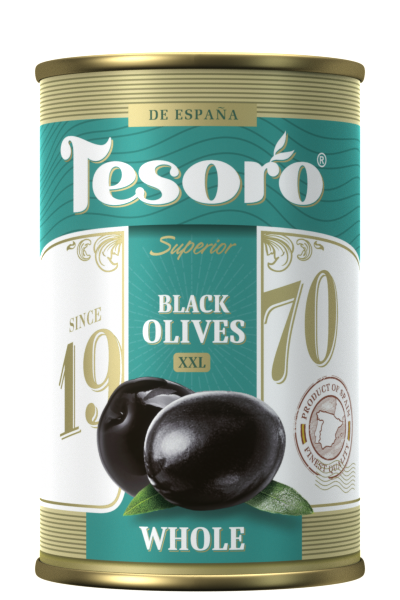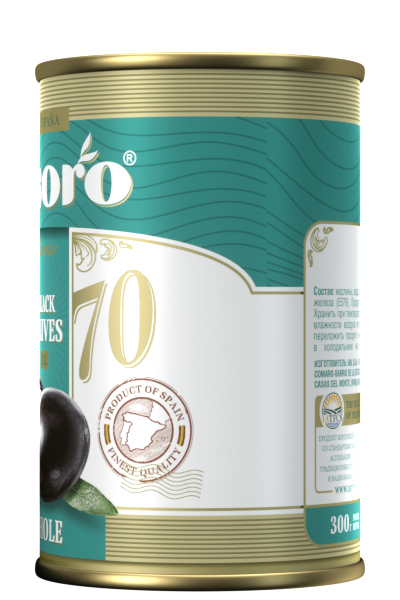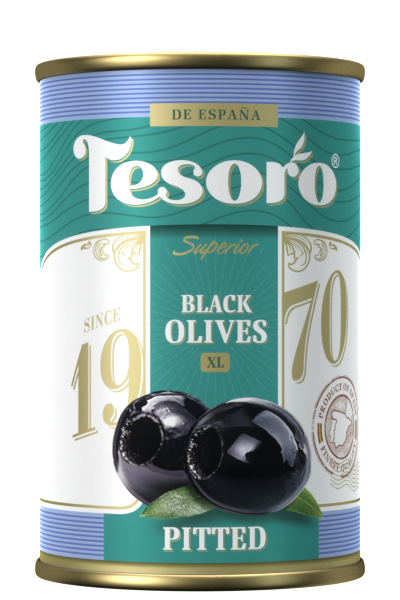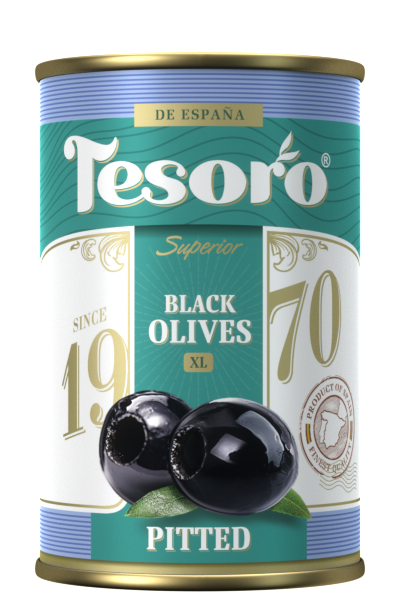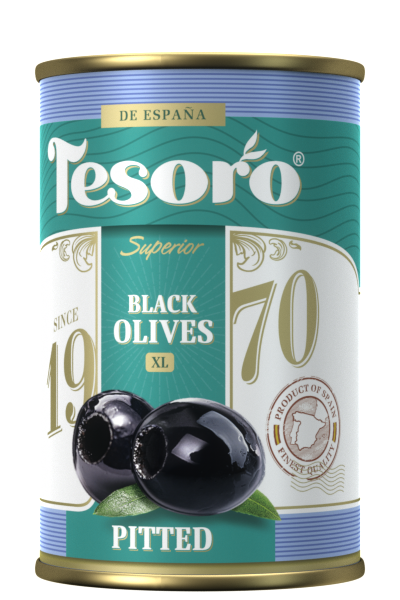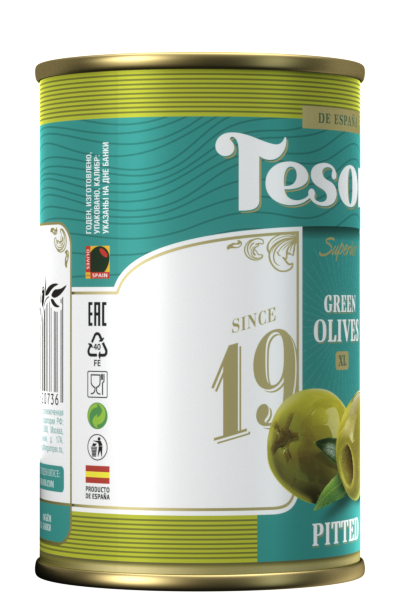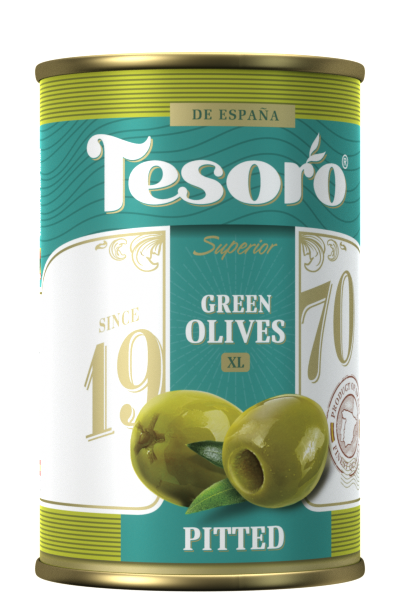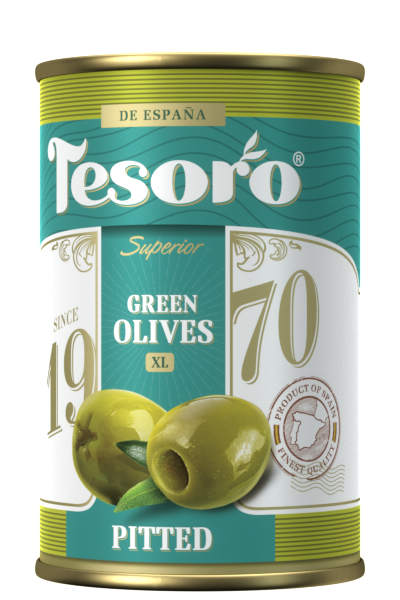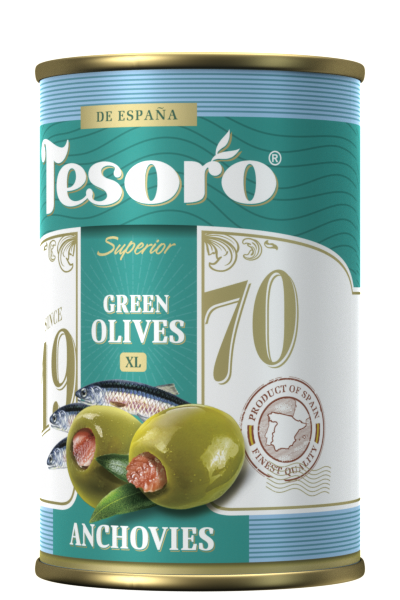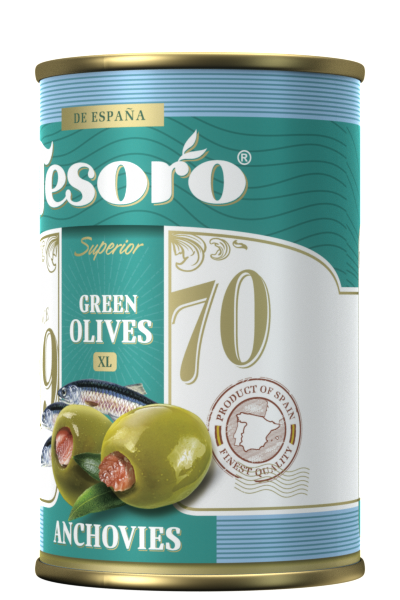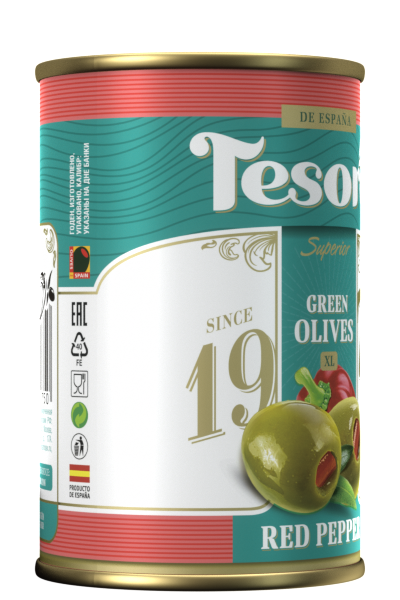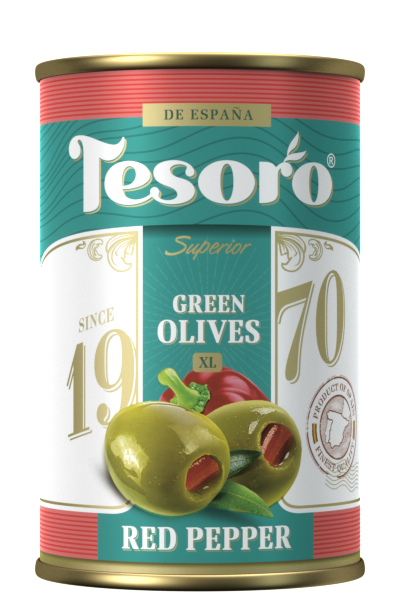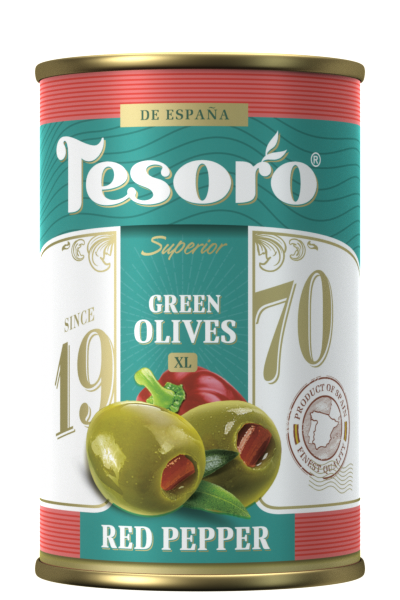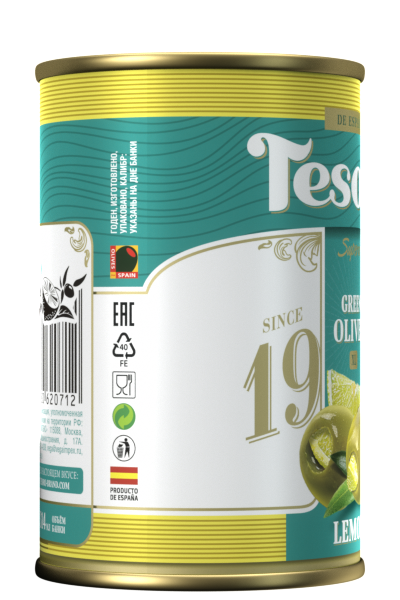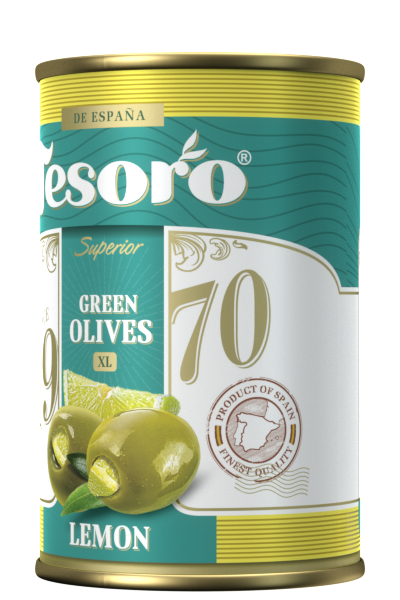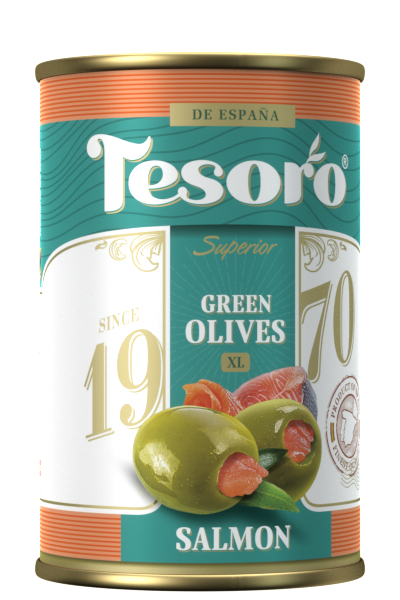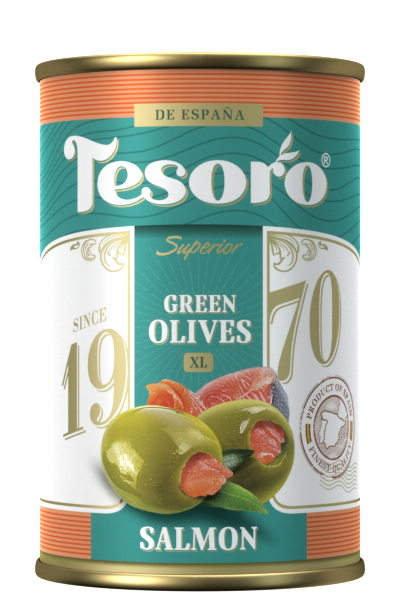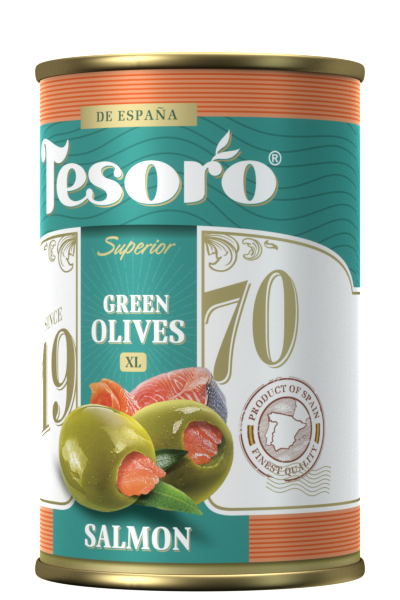


The silver-white shade of the leaves makes this name. Owing to the fruit density it is used for black table olives, and for olive oil pressing as well.
Cultivated in eastern parts of Seville, south of Cordoba, north of Malaga (Andalusia).
Taste and aroma features: a wide diversity of taste, common feature – slightly sweet taste in the beginning turning to light bitterness afterward, with a nice almond aftertaste, freshly cut grass aroma.
Black Olives features: dense texture with a soft nut taste.
The name comes from The Arbequa municipality in Lerida province. This is one of the most valuable Spanish variety.
Cultivated in Tarragona, Saragosa, Hueska (Catalonia) provinces.
Taste and aroma features: soft taste with fresh apple aroma with a nice green almond aftertaste
Can be called the “ancient” variety, its history goes back to the pre-Roman times (over 2500 years). Used to produce both – table olives and olive oil. A rare and valuable variety.
Cultivated in Imperia (Liguria region)
Features: the color varies from green to brown and black, firm texture, rich outstanding taste with a slight bitterness.
Long-shaped tomatoes with an intensive red color. Perfectly retain their properties while production and conservation.
Cultivated in Avellino province, Naples, Salerno (Campania region)
Features: sweet taste with a profound tomato aroma
One of the oldest olive varieties. It is used to press olive oil and produce table olives. Harvesting takes place only after the crop fully ripens, therefore harvesting is done only by hand.
Cultivated around the town of Kalamata (southern part of Peloponnesus)
Features: color varies from purple to black, the fruit is juicy and fleshy, thin peel. Traditionally produced with the addition of olive oil and red vinegar, which give a delicate wine aroma and a unique exclusive taste. The crop yields are high but differ from year to year.
A pointed-shape olive, transparent oil, highly stable and well balanced with a bright green color.
Cultivated in the Jaen province, foothills of Sierra-Morena
Taste and aroma features: fruit taste and aroma with a slight bitter aftertaste.
The name comes from the pointed shape of the fruit (pico). The most common olive variety in Spain used to press oil. Its share accounts to 50% of all oil production.
Cultivated in Jaen, Cordoba, Granada (Andalusia)
Taste and aroma features: deep intense taste with slight bitterness and nice fresh aroma.
The name means “small apple” in Spanish. One of the main varieties for table olives. It is best for green and stuffed green olives production as it keeps its natural green color long after getting ripe.
Cultivated in Seville (Andalusia).
Features: very soft texture, soft taste without bitterness.
In Spanish this means “fat, big”. One of the most known Spanish variety for large table olives. Often called “Queen olives”. The production is limited due to crop availability.
Cultivated in Seville (Andalusia).
Features: the fruit is large (can grow to the size of a small plum), quite strong texture, soft taste without bitterness.










The silver-white shade of the leaves makes this name. Owing to the fruit density it is used for black table olives, and for olive oil pressing as well.
Cultivated in eastern parts of Seville, south of Cordoba, north of Malaga (Andalusia).
Taste and aroma features: a wide diversity of taste, common feature – slightly sweet taste in the beginning turning to light bitterness afterward, with a nice almond aftertaste, freshly cut grass aroma.
Black Olives features: dense texture with a soft nut taste.
The name comes from The Arbequa municipality in Lerida province. This is one of the most valuable Spanish variety.
Cultivated in Tarragona, Saragosa, Hueska (Catalonia) provinces.
Taste and aroma features: soft taste with fresh apple aroma with a nice green almond aftertaste
Can be called the “ancient” variety, its history goes back to the pre-Roman times (over 2500 years). Used to produce both – table olives and olive oil. A rare and valuable variety.
Cultivated in Imperia (Liguria region)
Features: the color varies from green to brown and black, firm texture, rich outstanding taste with a slight bitterness.
Long-shaped tomatoes with an intensive red color. Perfectly retain their properties while production and conservation.
Cultivated in Avellino province, Naples, Salerno (Campania region)
Features: sweet taste with a profound tomato aroma
One of the oldest olive varieties. It is used to press olive oil and produce table olives. Harvesting takes place only after the crop fully ripens, therefore harvesting is done only by hand.
Cultivated around the town of Kalamata (southern part of Peloponnesus)
Features: color varies from purple to black, the fruit is juicy and fleshy, thin peel. Traditionally produced with the addition of olive oil and red vinegar, which give a delicate wine aroma and a unique exclusive taste. The crop yields are high but differ from year to year.
A pointed-shape olive, transparent oil, highly stable and well balanced with a bright green color.
Cultivated in the Jaen province, foothills of Sierra-Morena
Taste and aroma features: fruit taste and aroma with a slight bitter aftertaste.
The name comes from the pointed shape of the fruit (pico). The most common olive variety in Spain used to press oil. Its share accounts to 50% of all oil production.
Cultivated in Jaen, Cordoba, Granada (Andalusia)
Taste and aroma features: deep intense taste with slight bitterness and nice fresh aroma.
The name means “small apple” in Spanish. One of the main varieties for table olives. It is best for green and stuffed green olives production as it keeps its natural green color long after getting ripe.
Cultivated in Seville (Andalusia).
Features: very soft texture, soft taste without bitterness.
In Spanish this means “fat, big”. One of the most known Spanish variety for large table olives. Often called “Queen olives”. The production is limited due to crop availability.
Cultivated in Seville (Andalusia).
Features: the fruit is large (can grow to the size of a small plum), quite strong texture, soft taste without bitterness.


Supporting the Mediterranean cuisine traditions together with IATFCS

The Tesoro brand was elaborated under the auspices of The International Association of Traditional Food and Cuisine Suppliers (IATFCS). This Association was founded by the owners and management of companies being concerned by the deterioration of national products’ quality and an unfavorable influence of alternative producers from other countries which do not pay adequate respect to tradition.
Read about the principles of IATFCS
*The International Association of Traditional Food and Cuisine Suppliers






